TWO SETS OF FRAMES, BETWEEN JACK & BURKE, AND SALLY IN THE MIDDLE









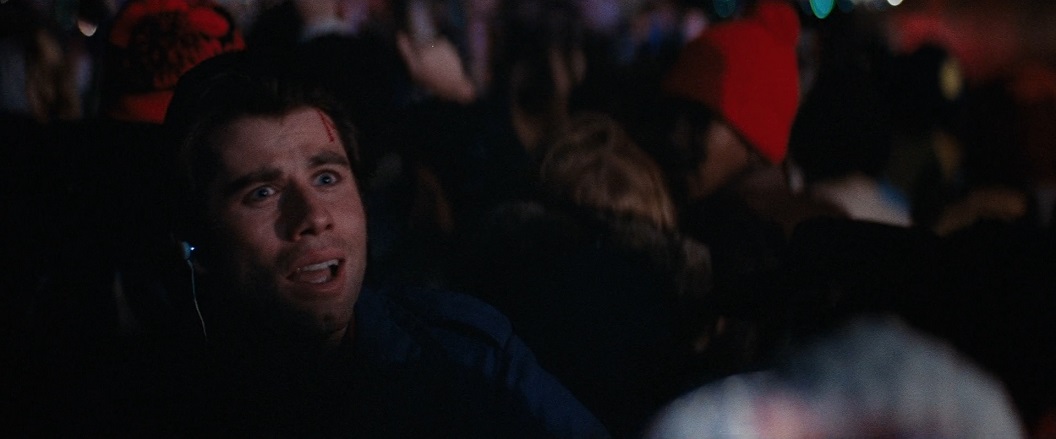

 Hello and welcome to the unofficial Brian De Palma website. Here is the latest news: |
|---|
E-mail
Geoffsongs@aol.com
-------------
Recent Headlines
a la Mod:
Listen to
Donaggio's full score
for Domino online
De Palma/Lehman
rapport at work
in Snakes
De Palma/Lehman
next novel is Terry
De Palma developing
Catch And Kill,
"a horror movie
based on real things
that have happened
in the news"
Supercut video
of De Palma's films
edited by Carl Rodrigue
Washington Post
review of Keesey book
-------------
Exclusive Passion
Interviews:
Brian De Palma
Karoline Herfurth
Leila Rozario
------------
------------
| « | August 2021 | » | ||||
| S | M | T | W | T | F | S |
| 1 | 2 | 3 | 4 | 5 | 6 | 7 |
| 8 | 9 | 10 | 11 | 12 | 13 | 14 |
| 15 | 16 | 17 | 18 | 19 | 20 | 21 |
| 22 | 23 | 24 | 25 | 26 | 27 | 28 |
| 29 | 30 | 31 | ||||
De Palma interviewed
in Paris 2002
De Palma discusses
The Black Dahlia 2006

Enthusiasms...
Alfred Hitchcock
The Master Of Suspense
Sergio Leone
and the Infield
Fly Rule
The Filmmaker Who
Came In From The Cold
Jim Emerson on
Greetings & Hi, Mom!
Scarface: Make Way
For The Bad Guy
Deborah Shelton
Official Web Site
Welcome to the
Offices of Death Records











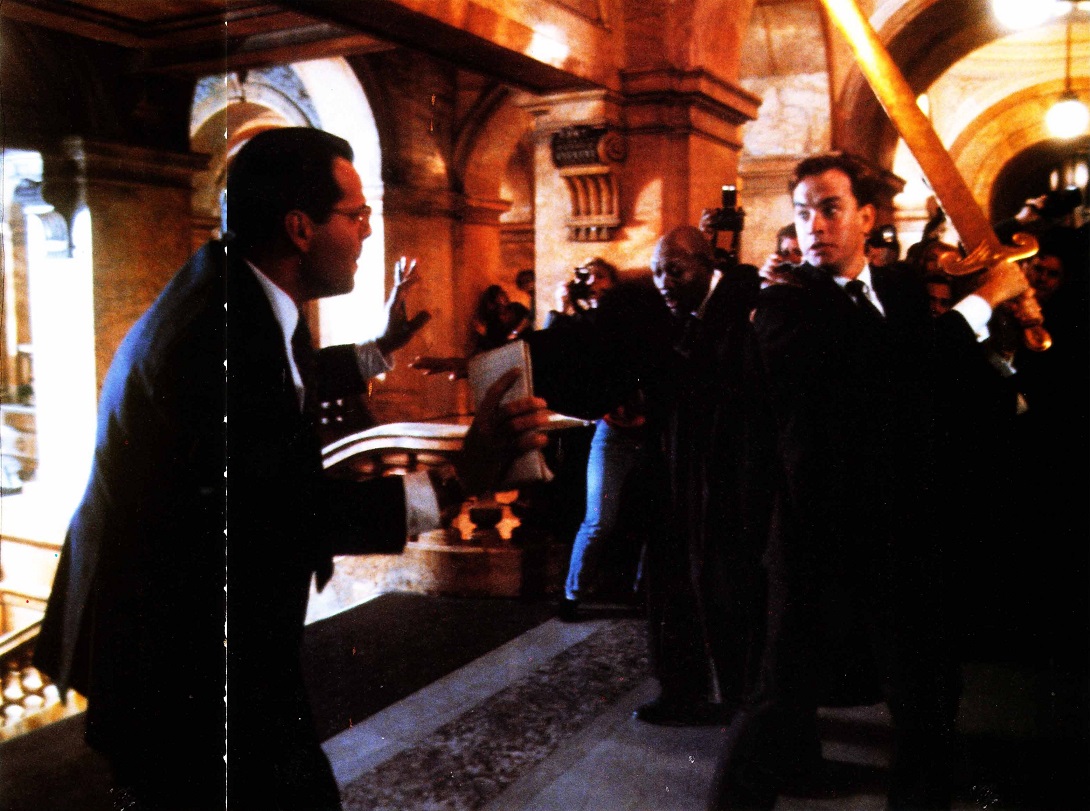
In 1987 the editors of CIAK, the Italian film monthly, proposed that I write a weekly newsletter about everything that was happening in Hollywood movies, plus film reviews and interviews with actors and directors, as their Los Angeles Correspondent. I held this position until 1994.The first article published, interviews about “The Untouchables” with director Brian De Palma and star Kevin Costner, run as an 8-page cover story. (c) CIAK September 1987


The Henry Howard-designed house was built in 1859 by Col. Robert H. Short, on a tract split in 1832 from the Livaudais Plantation."These classic old New Orleans houses, big and small, you're often just the caretaker," said Rodger. "You know you're going to have your time for a while, but ultimately, you pass them on to someone else."
But with new ownership comes change.
A quick glance lets you know the new owner is not one to follow the design lead of the preservation set. The new interior is bold and eclectic, yet cohesive. It leans into several historical periods rather than recreating just one.
Memphis decorator Gwen Driscoll was selected to lead the revamp after Rodger purchased the home sight unseen in 2018.
"I'd seen a couple of projects that Driscoll had done here in town," said Rodger. "I chose her because her work isn't one particular style. She's just really great at interpreting what the individual owner wants."
Rodgers respects the period restoration work done by previous owners and mentions them often when discussing the house. The interior design, though, was simply not his style. In its latest incarnation, the house has become an homage to the talents of local artists and artisans, not the period in which it was built.
Local pop artist Ashley Longshore's vibrant work hangs in the kitchen above a diner banquette. Around the corner, the rouge-lacquered back stairs are adorned with a Clementine Hunter gallery — a nod to the South and the house's roots. From the front door to the back, Rodger's support of Louisiana artists is on display.
Beneath the double parlors' 19th-century arcade, now the music room, sits a streamlined Shinola turntable. It's here that Rodger spins the vinyl he produces or the classic albums he hunts in neighborhood record shops. Almost every piece of furniture and art has a personal story.
But it's Timorous Beasties, a contemporary Scottish textile and wallpaper firm located in Rodgers' hometown of Glasgow, that best encapsulates the Italianate mansion's new vibe. The firm, which describes its designs as both surreal and provocative, is featured prominently on both the house's walls and its soft furnishings. The sometimes multidimensional patterns run the gamut from pearlized branches to vibrant red brocades and pink aviary scenes.
On the other end of the spectrum, a bayou mural in ethereal muted gray and green tones by New Orleans artist Ann Marie Auricchio envelopes the center hall with its sweeping grand staircase. Its mist-covered cypress trees evoke a haunted effect and rise to the second-floor ceiling above the stairway. For continuity, the mural also covers the room's pocket doors, which lead to the dining room.
When opened, the doors reveal a startling transition to a scarlet-lacquered dining room. The dining table is itself a piece of art: wood and moss captured in resin from Mint in London. An antique bar reminds one of a chic club in Kensington.
The room is anchored with a window seat under a semicircular bay window added circa 1900. Rodger is quick to note that the window was featured in director Brian De Palma's 1975 New Orleans thriller "Obsession." It's one of many movie references that Rodger, a film buff, relates about the fixtures, decor and the house itself.



The music made us do it! This week, Peaches and Michael delve into the psychotronic, Faustian world of Brian De Palma’s 1974 rock opus, THE PHANTOM OF THE PARADISE! In addition to discussing the film’s killer soundtrack, unique style, and blurry queerness, our hosts take a deep dive into the singular fan phenomenon that caused PHANTOM to be a breakaway hit in the city of Winnipeg…and nowhere else. Joining the discussion is filmmaker Malcolm Ingram, whose documentary PHANTOM OF WINNIPEG explores this Canadian cult-status curiosity. Then, FANGORIA’s Editor-in-Chief Phil Nobile Jr. stops by to discuss the evolving nature of "phan" devotion. And finally, we’re joined by Ari Kahan, curator of THE SWAN ARCHIVES, which has been dedicated to the preservation of PHANTOM history since nearly the beginning. Rock n’roll! Deals with the devil! And a trio of in-depth interviews! Tune in and get salutations from the other side!

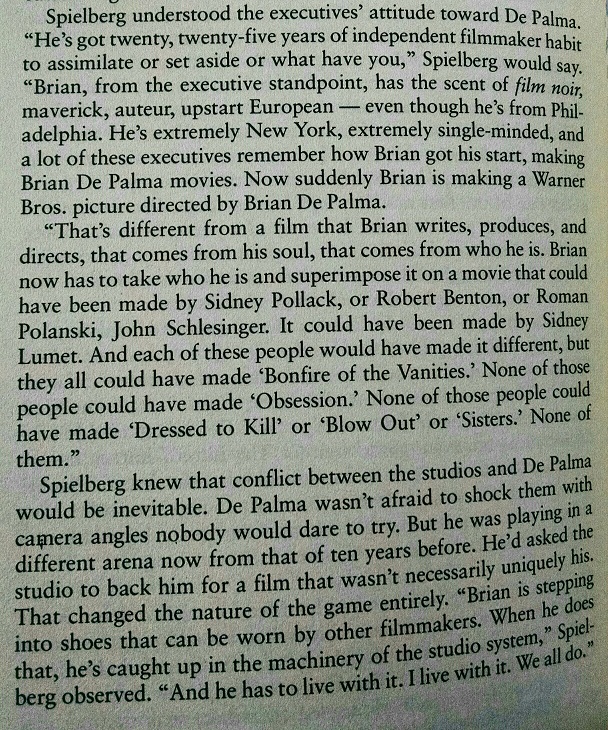
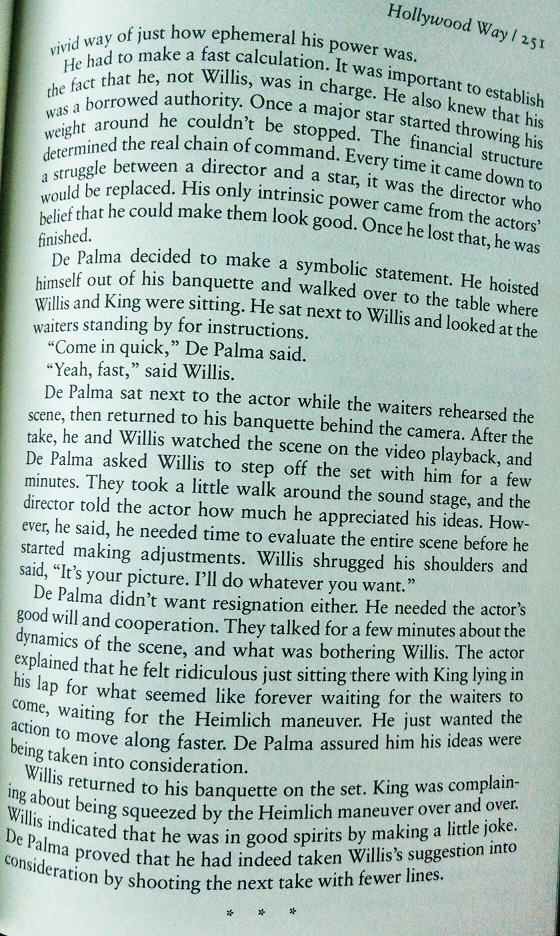
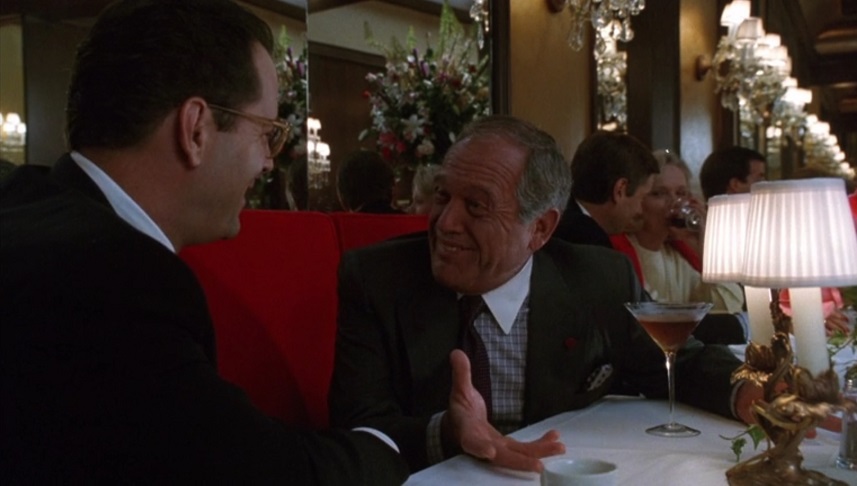
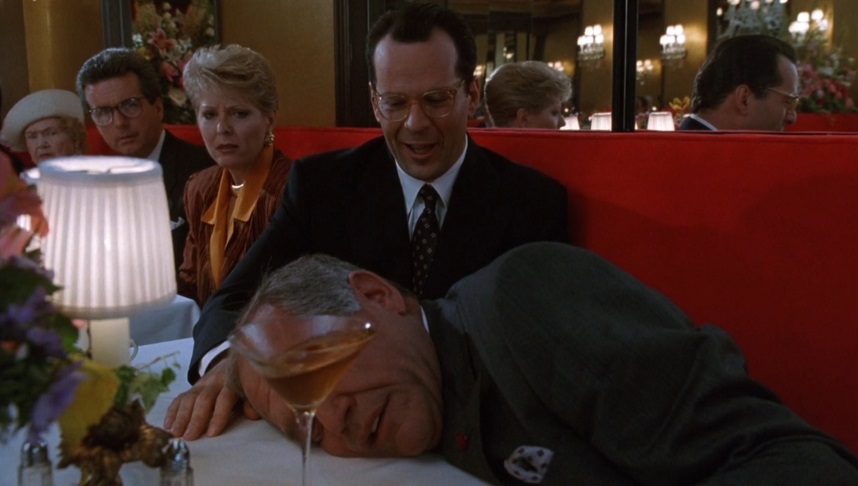

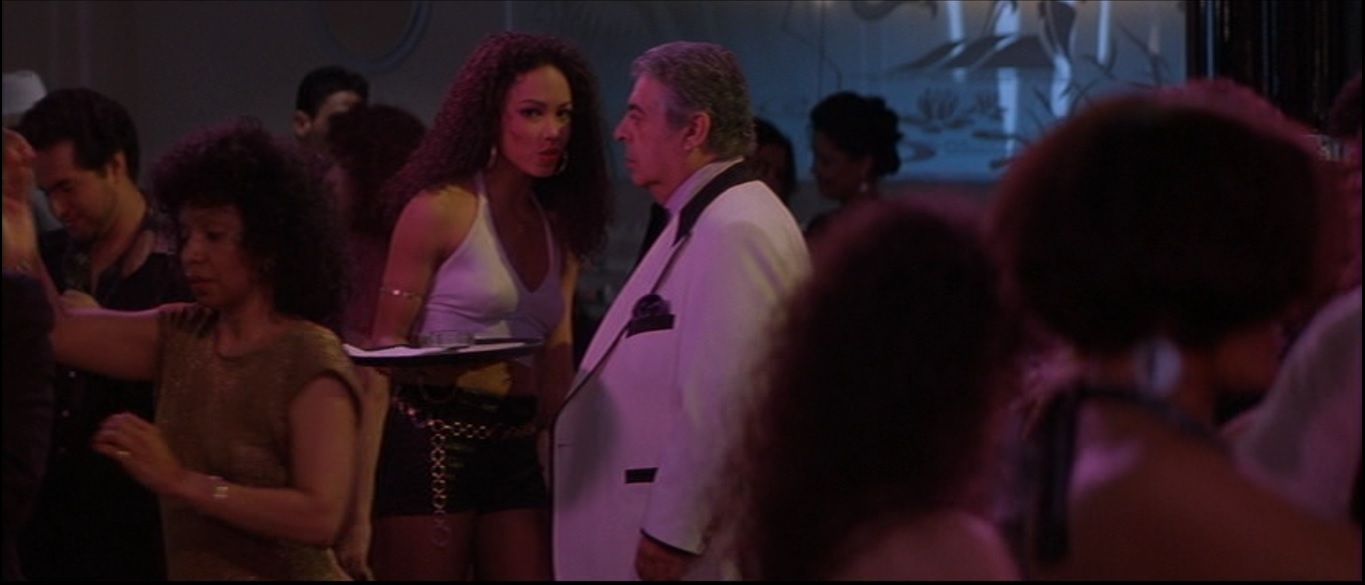

De Palma: It's very perceptive. I don't know if it's the first time I've made a film about things that matter to me, but it came from a very interesting idea, and I developed it into a whole scenario with characters that were full-blown. So it had a kind of emotional depth to it.Fragoso: If she is right about making a film about the things that matter to you, I'm curious, what were those things?
De Palma: I'm obviously very interested in visual storytelling, and this lent itself to tell a story, a lot, with just pictures. And not relying on dialogue to explain everything. The whole idea of this film came from a couple of things. One was when I was cutting a soundtrack for footsteps -- I think it was for Murder a la Mod, there's a lot of footsteps in the graveyard -- I realized what we were using to separate the sounds, which is known as "fill," was Lawrence Of Arabia. Here, one of the greatest films of all time, is now "fill," in the footsteps of the mix I'm preparing for Murder a la Mod. So that irony stayed with me. And the other thing, which starts the whole film off, is when I was mixing Dressed To Kill, and I talked to my sound mixer. I said, "That effect of wind in the trees-- I've heard this!" I mean, I'd been working with the same sound guy for years, and I kept on hearing the same wind in the trees.
Fragoso: This is Dan Sable.
De Palma: Yeah, Dan Sable. And I said, "Dan, get me some new wind in the trees!" So that gave me the whole beginning of the movie, and this sort of ironic twist at the end. You know, the fact that the scream becomes just an effect to be used in a kind of tawdry horror film.
Legendary filmmaker Brian De Palma joins us this week! In celebrating the 40th anniversary of Blow Out, we discuss how the project came to be (4:17), the casting of John Travolta (7:49), a post-production mishap (8:48), and the film’s initial reception in 1981 (10:27). Growing up in ’40s Philadelphia, De Palma reflects on his complex childhood (11:06), his Quaker education (12:54), the moment he knew he wanted to direct (15:42), and the chaos of his early documentary work (20:44). Then, before we go, we revisit his masterpiece, Carlito’s Way (27:44), the end of “the director-as-superstar” era (33:16), and the enduring power of a childhood favorite, The Red Shoes (37:09).